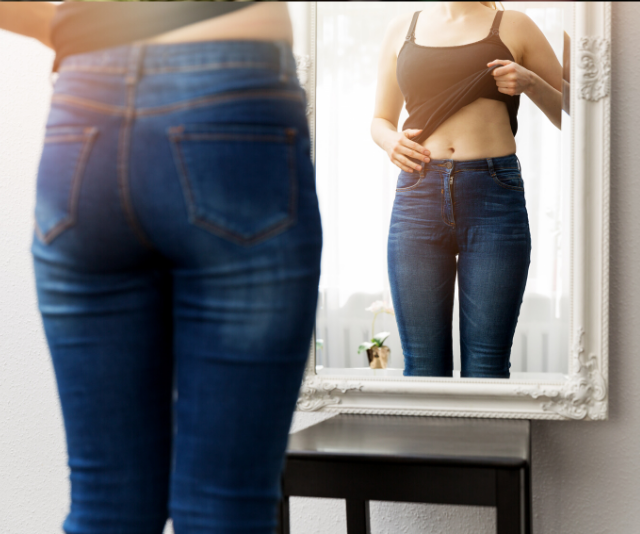In the pursuit of becoming our happiest and healthiest selves, we often find ourselves frantically trying to figure out how to lose 5 kilos in 2 weeks or even racking our brains over what the best post-workout meals of 2017 are.
Not only that, but along with trying to keep up with the latest fitness trends and attempting any celebrity diets that hit our newsfeeds (like the Whole 30 diet), this pursuit can feel more like a punishment than a passion project.
This is why the trustworthy opinion of an expert like Accredited Practising Dietitian and Spokesperson for the Dietitians Association of Australia Kate Gudorf is so important; her advice will save you time and money as well as keep you on the fast track to wellness.
Here, she details everything you need to know about the Whole 30 diet – and how it might not be as good for your health as you first thought.
What is the Whole 30 diet in a nutshell?
The Whole 30 diet is an elimination-style diet, where foods and drinks that are potentially inflammatory are removed from the diet for 30 days.
After 30 days, foods can be reintroduced slowly, in order to determine which, if any of the foods, cause problems.
What are the health benefits?
Whole 30, as the name implies, focuses on whole foods and no junk foods. The diet cuts out all sugar and alcohol with a strong emphasis on whole, unprocessed foods.
The diet encourages its followers not to count calories or weigh themselves and instead, followers should eat only when hungry.
These aspects of the diet are beneficial and are important aspects of a healthy diet. But unfortunately, the diet has many negative aspects.
On the Whole 30 diet what can I eat?
In addition to sugar and alcohol, the Whole 30 diet cuts out grains, legumes, dairy products and artificial sweeteners.
Someone following the whole 30 diet may eat fruits, vegetables, meat, poultry, seafood, eggs, nuts and seeds.
The diet cuts out treat foods, even treat foods made from foods that are allowed on the whole 30 diet
Is the Whole 30 diet a fad?
A fad diet is one that cuts out entire food groups and is based on shaky, if any, scientific evidence. The whole 30 diet removes grains and dairy, which are two important food groups. There is little, if any, evidence that these foods are inflammatory or that they should be removed from a healthy person’s diet.
Based on this, the Whole 30 diet is likely a fad diet and one that is best avoided for long-term weight management.
What are the limitations of the Whole 30 diet?
The diet is overly restrictive. The Whole 30 diet recommends followers cut out all sugar, alcohol, grains, legumes, dairy products and artificial sweeteners. If someone should eat any off-limit foods, they need to restart the diet.
The diet also cuts out entire food groups, which could lead to nutritional deficiencies. For example, cutting out all dairy foods may lead to calcium deficiency. Cutting out all dairy foods may be especially worrisome for certain groups, like women over age 50 and teenagers, as both groups have higher nutritional needs for calcium.
A healthy way to eat is one that is balanced and includes foods from all five food groups. If you suspect that foods may be causing you problems, it is always best to speak to an expert before cutting out whole food groups. A dietitian is an expert in food and nutrition and will be able to design an eating plan for you to help you avoid nutritional deficiencies.
For more information about the Whole 30 diet, or to learn about the best foods for your health, book and appointment with both your trusted GP and a dietitian.


